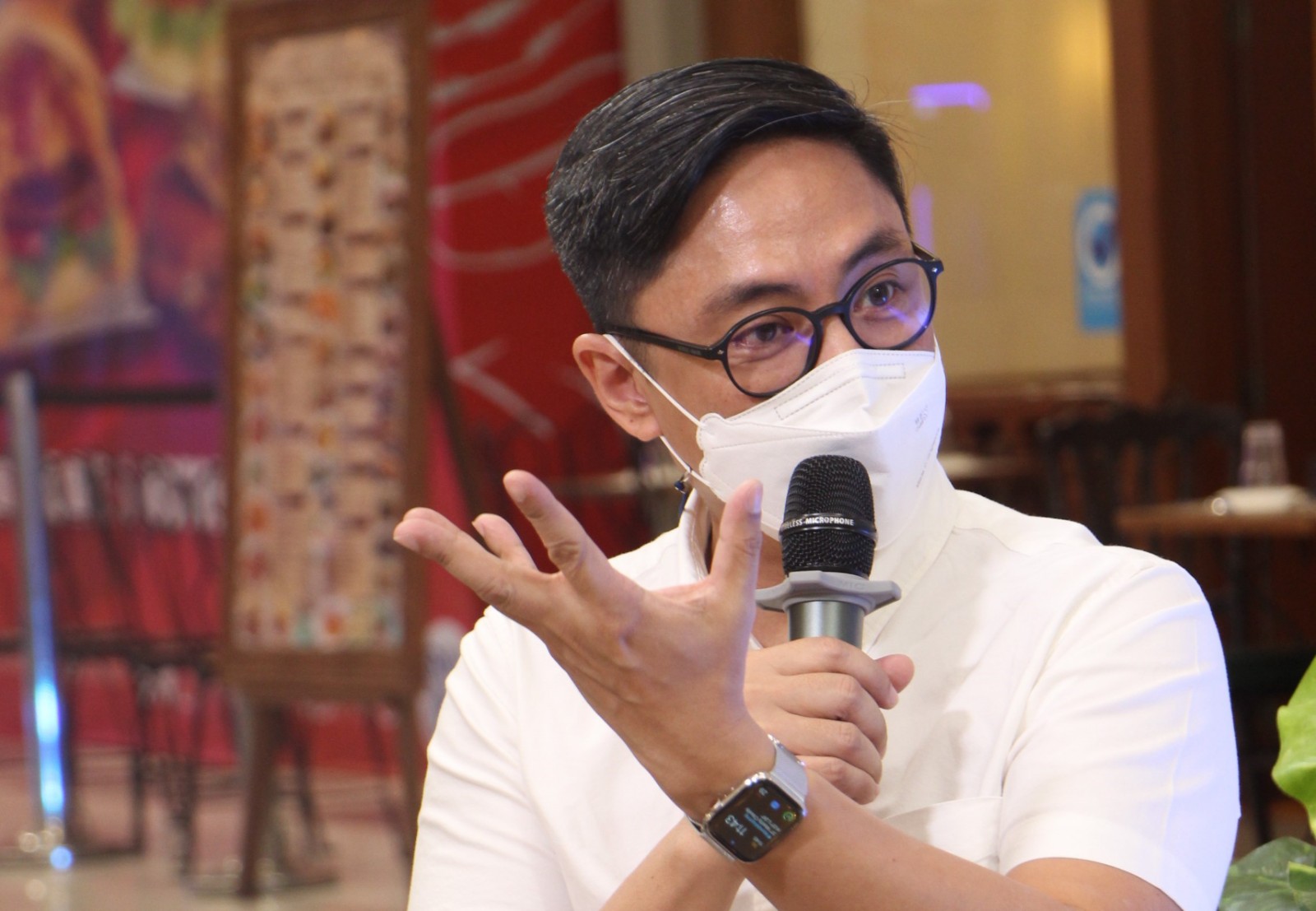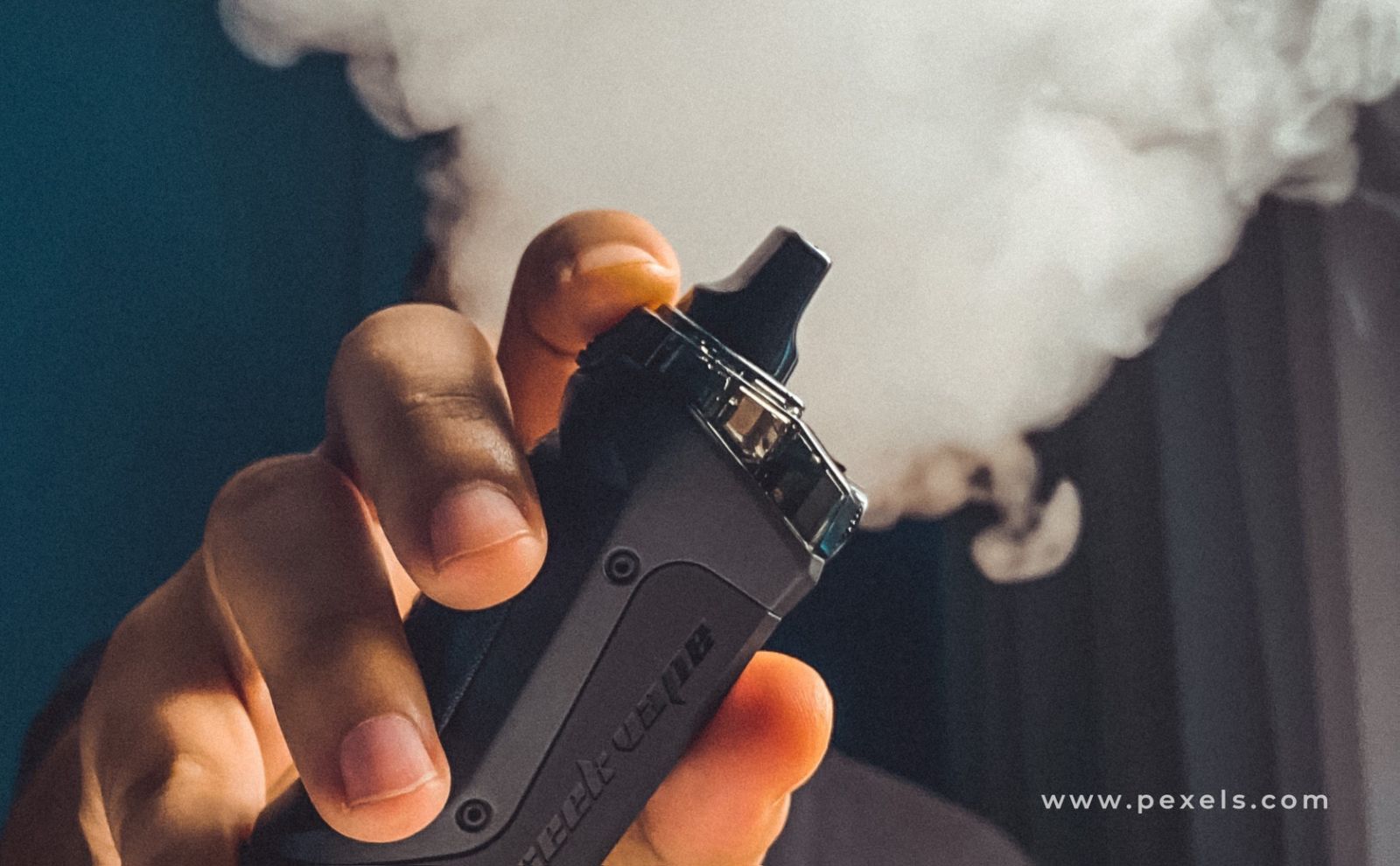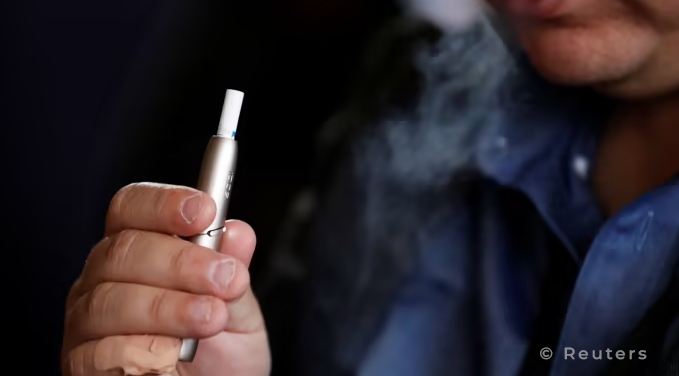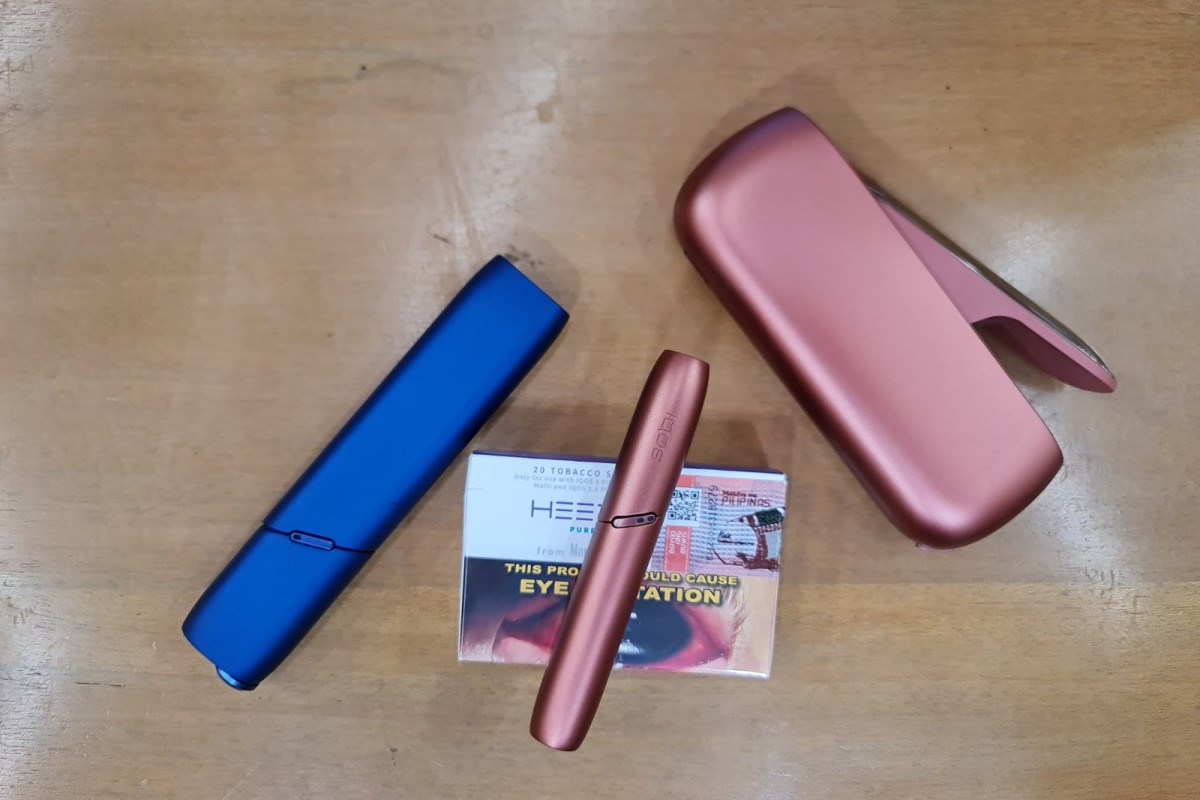“Masarap ang bawal”-- this is a famous line in the Philippines which means people indulging themselves in foods they shouldn’t be eating, places they shouldn’t be going, or things they shouldn’t be doing.
One of the things that people are aware of that will damage their health as well as the people around them, is cigarette smoking. This is evident in the photos consumers can see on every packaging of cigarettes. Yet, in the Philippines alone, there are over six million tobacco users. Based on data, among users who wanted to quit cigarette smoking, only 4% are successful, while 96% are unsuccessful.

Dr. Victor Joseph Yamat of the Scientific Affairs Tobacco Harm Reduction said it is because quitting a habit like cigarette smoking is very difficult.
He added that there is a need to figure out a way so that the 96% who do not quit, will have other choices which may mean not necessarily quitting it together but finding an alternative that will reduce the harm when they consume tobacco.
Tobacco Harm Reduction
Tobacco Harm Reduction is a scientific and evidence-based approach to lower or decrease the level of harm that tobacco consumption can bring to a person.
“In order to create a good behavior out of bad behavior, just remove the bad thing from that behavior and reduce the effect of that behavior. Again, not totally eliminating it because if you want to eliminate the harms related to smoking, you really have to quit. But in reality, only 4% are successful,” he added.
Talking about how smoking affects the health of a person, Dr. Yamat points out that not all things that are related to the harms of smoking are attributable to nicotine. Nicotine is a substance in tobacco that makes a person addicted to it. Since it is a substance that is normally not part of the body, it is not harmless and it is not risk-free. However, it is not nicotine that kills a person. It is the burning that a person needs to do in order to enjoy a stick of cigarettes, that creates all the chemicals that eventually get a person into a cancerous state or pulmonary problems.
Lighting up a cigarette automatically creates one thousand chemicals. Around a hundred of it is categorized as very dangerous, and out of one hundred chemicals, 69 of them are carcinogenic. Carcinogenic is one of the chemicals that are created in the combustion of cigarette smoking. A carcinogenic chemical is a substance that can create or develop cancer in a person’s body.
Dr. Yamat said when it comes to harm reduction, it is the combustion that is eliminated. Nicotine cannot be removed because it is what people enjoy.
Globally there are many kinds of alternatives, but in the Philippines, there are at least two major ones that are available. These are the e-cigarettes or vape and the heated tobacco products.
Cigarette Smoking vs Alternative products
In order to enjoy the tobacco, the user has to light it up. The cigarette when lit up, has black dirty smoke, and when it is burned, there is ash. At the same time, because there is combustion, chemicals are created that will harm the body.
Meanwhile, for smoke-free products, whether e-cigarette, vape, or heated tobacco products, combustion is not needed.
How can it be enjoyed?
For vaping, the user essentially boils the liquid. The nicotine which is normally in the tobacco plant is already extracted, thus the liquid in vape. When the liquid is boiled to a certain degree, nicotine is released.

By boiling, the user is not burning and not creating ash. There’s still smoke in vaping like when boiling water but it is just vapor, as opposed to cigarettes which have so many chemicals that stay in the body because the burning has aerosol containing heavy chemicals or toxins.

On the other hand, when using heated tobacco, the consumable tobacco will be put in the device. This thing does not burn, it only heats to a certain degree with a temperature that is good enough for the user to release the nicotine, to consume it. Since the user is not burning, no smoke and ash is created. There is a little amount of smoke but it is only a little water vapor, which is called cream. The user warms up the water, hence, a little aerosol produced when using the heated tobacco device.
What are the best alternatives?
“Ang importante subukan muna natin magquit, kung makapag quit tayo na walang aids na ganito. That’s the best way,” Dr. Yamat said. (The important thing is that we try to quit first, if we can quit without aids like this; that’s the best way.)
If for some reason, the user will be unsuccessful in quitting, the user needs to look into using an alternative.
“For me, kung saan ka hiyang, kung saan ka comfortable; yung hindi ka na ma i-entice na bumalik sa paninigarilyo, that’s the best alternative,” Dr. Yamat added. (For me, the best alternative is the one that suits you, where you are comfortable, and won't entice you to go back to smoking.)
Furthermore, the doctor reiterates that the alternatives are not here to entice people who have not smoked or who are currently not enjoying tobacco. The products are for adults who are already enjoying tobacco in a not-so-good way, via cigarette smoking. If users cannot quit or for some reason, because they enjoy nicotine, there is a less harmful way of enjoying it now.
“The products are not for people to start tobacco; these products are here for people who are already legal-age smokers. It's an alternative product, it’s a shifting product. It’s not for you to start a habit of nicotine or tobacco,” Dr. Yamat clearly explains.
The Scientific Affairs Tobacco Harm Reduction accepts the fact that: in as much as people want to have an ideal scenario where smokers can just quit altogether, in reality, not everyone would have the discipline or that temperament to quit, so instead of seeing users reverting back to smoking, they offer them a less harmful alternative that they can enjoy the relatively harmless part of tobacco usage.
Tobacco Harm Reduction is an opportunity to help the 96% who would still want to find a less harmful way to enjoy tobacco.
E-cigarettes are not risk-free alternative
E-cigarettes are not risk-free substitute for regular cigarettes, even if they expose users to fewer hazardous chemicals. Researchers noted that "e-cigarette usage is not without health risks" due to the comparatively high number of reported side effects.
The International Journal of Environmental Research and Public Health, in their 2021 published study has recorded that 40% of everyday e-cigarette users are suffering typical adverse effects. Cough, dry or itchy throat, burning or scratchy sensation in the mouth, lips, or throat, weakening of taste, dizziness, headache, nausea, shortness of breath, sleepiness, heart palpitations, and eye discomfort are some of the symptoms that are noted.
In reality, the famous line, “my body, my rules” comes with the responsibility to take care of it. Because when the consequences of unhealthy living hit, it affects the people around them. (RVC/CCP/PIA9) (20221027)



